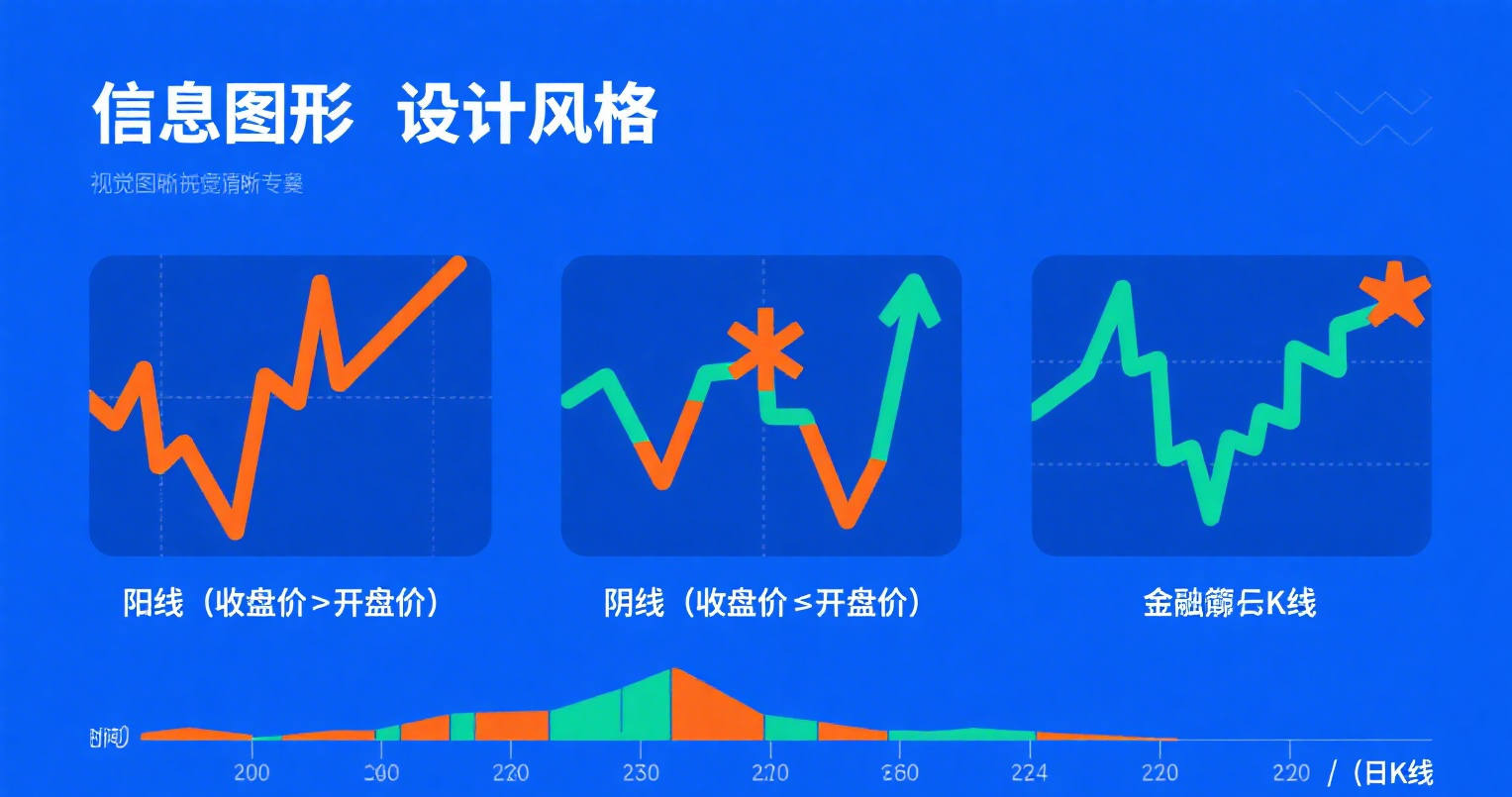
Key Considerations in Stock Selection Methods
The two most challenging aspects of stock investing are:
-
Choosing the right trading opportunity.
-
Deciding which stock to invest in.
Today, let’s discuss the key issues to consider when selecting stocks.
1. The stock price should not be severely overvalued.
No matter how good a company is, if its valuation is too high, it’s not worth buying. All stocks carry some degree of "bubble." If the valuation is excessively high, it indicates a severe bubble. When the bubble bursts, the stock price will plummet. Investors should wait for the bubble of high-quality companies to burst before buying at the bottom.
2. The company must be honest and trustworthy.
Some companies lack sincerity toward investors—engaging in financial fraud for profit or fabricating nonsensical stories to deceive them. A liar won’t lie just once, so it’s best to avoid listed companies with a history of financial fraud or "storytelling." One day, they might implode again, causing severe losses to investors.
3. The company should have a clear and focused core business.
Companies that focus on their core business have the following advantages:
-
Their operations are simpler, making it easier to analyze their business models and financial data.
-
Companies with overly diversified businesses are complex and harder to evaluate.
Historical performance shows that long-standing, resilient companies usually stick to their core business. For example, top-performing A-share stocks like Kweichow Moutai, Gree Electric, and Yili Group all maintain strong focus on their main operations.
4. The company should have strong prospects and be a well-known brand.
If a company operates in a declining industry, its future will only worsen—like "Wang Xiaoer celebrating the New Year, each year worse than the last." Such companies should not be invested in, even if current data looks good. A well-known brand signifies strong core competitiveness and a deep moat, making it resilient against minor market fluctuations. Companies with core competitiveness can withstand the test of time and sustain steady growth.
5. The company should prioritize small and medium shareholders’ interests and be willing to pay dividends.
If a company performs poorly, there’s nothing to discuss. However, if its financial reports show strong performance but shareholders receive little return, it usually indicates one of the following:
-
Profits are hard to convert into cash (excessive fixed assets or accounts receivable).
-
The company must continuously reinvest heavily to sustain growth.
If industry competition intensifies, the company’s performance may suffer because maintaining growth requires extreme effort—even a slight misstep could jeopardize its position.
6. The company’s net profit should maintain a growth trend.
Stock price increases largely stem from valuation premiums driven by sustained growth and growth expectations. If a company performs well but its net profit shows a declining trend, it sends a negative signal to the market, making it difficult for the stock price to rise.















